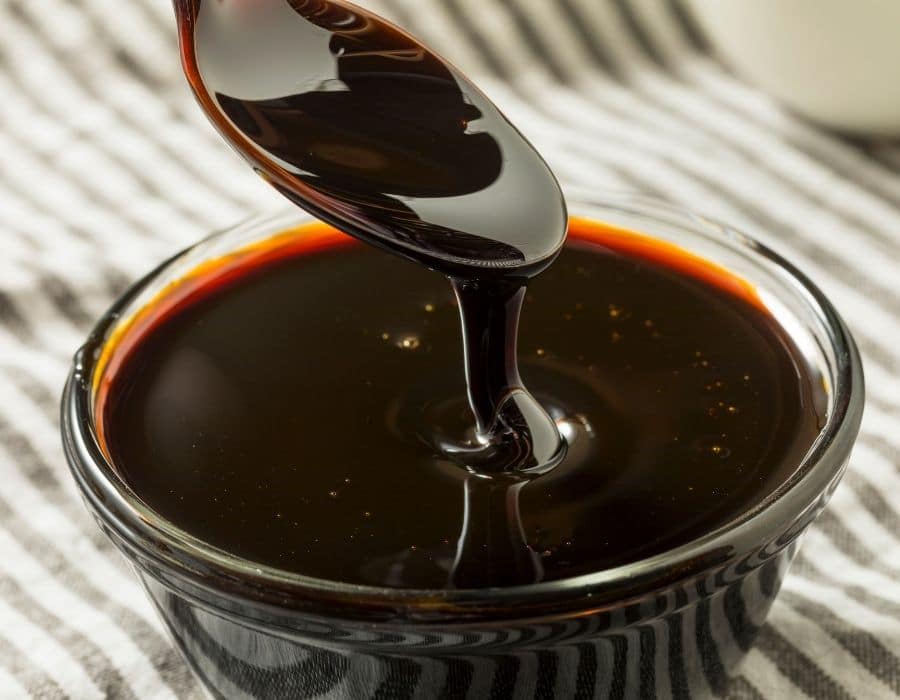Cultivators looking for a versatile secret weapon to elevate their crop should consider molasses. Cost-effective and organic, this supplement can be applied to cannabis plants to improve soil fertility and promote growth. Growers can ensure a healthy and fruitful cannabis crop by properly using molasses to substantially strengthen their grows without breaking the bank.
Organic growers are not only cultivating plants, they are also managing a host of beneficial soil bacteria and microorganisms living in close concert with their upstairs neighbours. These microorganisms (also known as microbes) promote plant growth and soil health in a variety of ways, such as processing nutrient compounds into a format usable by plants and improving water retention. The microbes need to eat just like the plants and growers do, and regularly applying molasses to the soil can ensure they keep firing on all cylinders and continue to make life easier for cannabis plants.
Read on to find out more about this multifaceted organic product and how cannabis plants and soil can enjoy the many benefits of molasses.
More Than a Food Sweetener
Molasses is a byproduct of the process of sugar production. Sugar cane or sugar beet juice is boiled down into a thick syrup, and sugar crystals are extracted, leaving the syrup, or molasses product, behind. Growers may be familiar with molasses as a syrup that can be used in cooking as a food sweetener, but it contains plenty of carbohydrates needed to feed microorganisms in the soil as well as usable nutrients for the plants.
Cannabis growers looking for molasses to supplement their plants should make sure to use organic molasses appropriate for gardening. The quality of molasses can vary, with lower quality grades containing preservatives and additives that would be detrimental to plant health. One prominent antimicrobial preservative to keep an eye out for is sulphur dioxide which will kill the microorganisms the grower is trying to feed.
Molasses is sold either as sulphured or unsulphured. While both varieties will contain sulphur – an essential nutrient that is needed for chlorophyll production – “sulphured” actually refers to the presence of beneficial microbe-eradicating sulphur dioxide. Growers should buy organic unsulphured molasses and feed their microorganisms correctly to increase their population and activity.
There are also different types of molasses depending on the number of times it has been refined. Light coloured molasses is generally produced after the first extraction when the syrup mixture is boiled down once to extract raw sugar. Any subsequent extractions will darken the mixture and further concentrate sugars and minerals.
“Blackstrap” molasses is denser and thicker than other types, having been refined the most times. As such, it also contains essential nutrients in the highest concentrations. Growers should look at medium-dark or blackstrap molasses for treating their soil with higher amounts of iron, magnesium, and calcium. These micronutrients can be quickly depleted during plant growth and replenished safely using liquid molasses.
Molasses also contains potassium (K) which helps promote plant vigour and productive growth. Potassium eases the transport of water, nutrients, and carbohydrates within plants. Cannabis plants with good levels of potassium express thick, strong stalks and stems, significantly developed root growth, and full, heavy flowers.
Beneficial root microorganisms such as mycorrhizae feed off of sugar released by plants at the root tips. This diet can be supplemented by molasses, and the grower should expect more active mycorrhizal activity (expressed as fine, white hairs on plant roots) after feeding with molasses. Mycorrhizal webs living on plant roots allow for the absorption of nutrients the roots would not otherwise reach, increasing nutrient uptake and thus plant growth.
